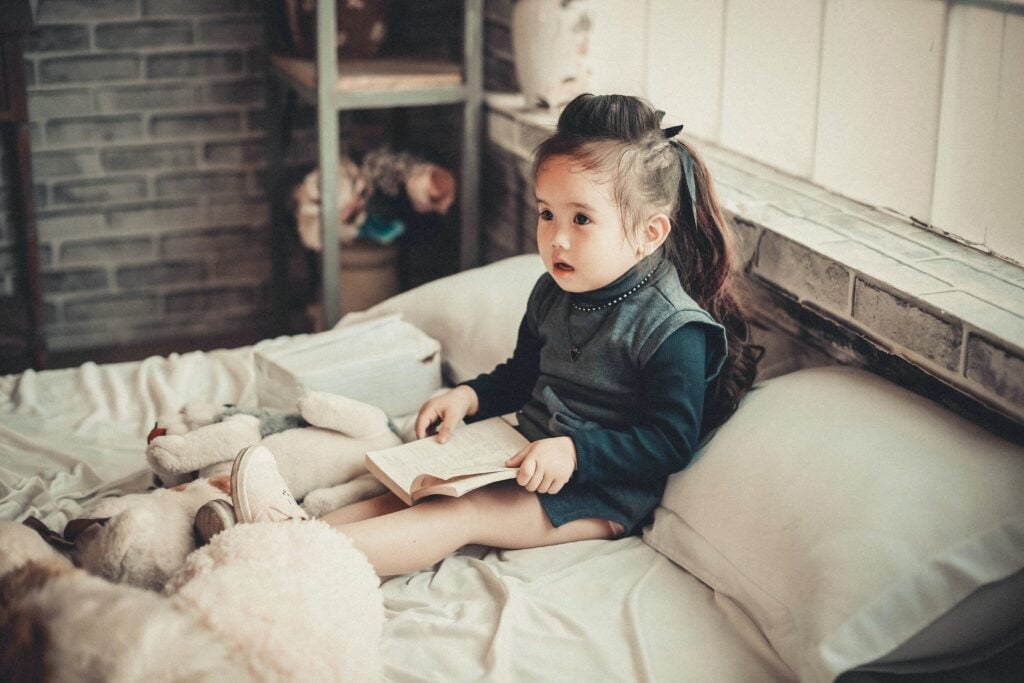Mastering the Transition from Crib to Bed

Transitioning from a crib to a big kid bed is a milestone for both parents and children, but it requires thoughtful consideration and preparation. If you’re unsure about the timing and approach to this situation, let’s explore it step by step.
First, timing is crucial. There’s truly no need to rush the transition from crib to bed. Many three-year-olds continue to sleep content in their cribs. In fact, my oldest daughter chose to stay in hers until she was 4.5 years old! I generally suggest keeping a child in a crib until around 2.5 years old. Before this age, they may struggle with understanding expectations and consequences, leading to frequent wandering out of bed. I’ve also never had a client tell me “I wished we switched to a big-kid bed earlier”!
Second, if you’re about to embark on teaching your child independent sleep skills, it’s best to hold off on the big bed switch. This skill takes time to develop and it’s comforting for your little one to have a familiar place to sleep. Same bedroom, same sheets, same lovie, same crib. Everything that can stay the same should stay the same until they’ve mastered falling asleep independently. A well-rested child who can settle themselves is less likely to wander at night, which is a common issue when transitioning.
Let’s assume your child is falling asleep independently, sleeping through the night, and you’re ready to take the plunge. The first step is preparation. Start by explaining the change to your child in a positive light. Strike a balance between explaining the change and avoiding overemphasis, as this can pressure your child and cause unnecessary stress. Involve them in choosing their new bed and bedding to foster a sense of ownership. When the big day arrives, keep the transition as smooth as possible by maintaining consistency. Stick to your usual bedtime routine and surroundings, with the new bed in the same spot as the crib. Avoid any unnecessary changes to minimize disruption.
As your child settles into bed with the lights out, several scenarios may unfold.
• Scenario 1: Your child seamlessly adjusts to their new bed without testing any boundaries. Celebrate this success—it’s a fortunate outcome.
• Scenario 2: Initially adapting well, your child may later start leaving their room, playing, or calling for attention during the night.
• Scenario 3: Your toddler may exhibit disruptive behaviors right from the first night in their new bed.
The solution to the latter two situations is the same. Offer warnings and consequences for unwanted behavior, staying firm and calm. I’ve found the most effective consequences to be closing the door shut or taking away the lovie for a short period of time (increasing that time for repeated offenses). Remember, you’re in charge. Maintain authority and stick to the plan despite any resistance from your child.
To recap: provide clear explanations, maintain a positive tone, establish expectations, and consistently enforce rules. It may be challenging, but with patience and consistency the process is straightforward. This approach will help your child adjust to their new bed quicker, leading to peaceful nights for everyone involved.